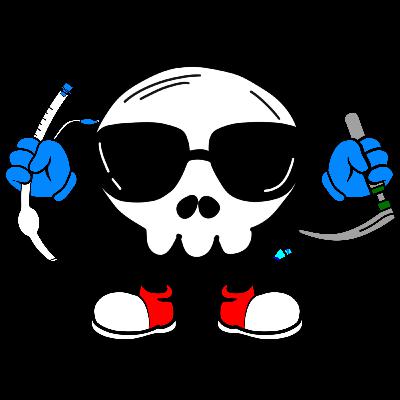PALS | Recognition of Shock
Description
Adequate O2 delivery depends on three components: sufficient O2 content in the blood, adequate blood flow to the tissues (cardiac output), and appropriate distribution of blood flow. Cardiac output (CO), which measures the volume of blood pumped per minute, is determined by Stroke Volume (SV) multiplied by Heart Rate (HR). SV is influenced by three factors: Preload (volume before contraction), Contractility (strength of contraction), and Afterload (resistance to ejection).
Severity and Compensation The body utilizes several compensatory mechanisms to maintain O2 delivery and blood pressure (BP). These include tachycardia (increased HR), increased Systemic Vascular Resistance (SVR) via vasoconstriction, and increased contractility. Blood flow is redistributed from nonvital areas (like skin and kidneys) to vital organs (like the heart and brain).
1. Compensated Shock: The patient exhibits clinical signs of poor tissue perfusion (such as tachycardia, delayed capillary refill, and decreased urine output), but compensatory mechanisms successfully maintain the blood pressure within the normal range.
2. Hypotensive Shock (Decompensated Shock): Compensatory mechanisms are failing, leading to low blood pressure (hypotension) and evidence of severely impaired perfusion. Hypotension is considered a late finding in most types of shock and signals impending cardiac arrest. Shock progression is unpredictable, but early recognition is critical to halt the physiologic continuum from compensated to hypotensive shock and subsequent cardiac arrest.
1. Hypovolemic Shock: This is the most common type in pediatric patients and is caused by an absolute deficiency of intravascular volume. Causes include dehydration (diarrhea, vomiting), hemorrhage, and burns. Physiologically, it is characterized by decreased preload and compensatory increased afterload (SVR). Clinical findings often include pale, cool skin and weak peripheral pulses.
2. Distributive Shock: This type is characterized by the maldistribution of blood volume and flow, typically due to reduced SVR. It includes septic shock, anaphylactic shock, and neurogenic shock. These conditions often result in relative hypovolemia due to vasodilation and capillary leak. Septic shock is the most common form of distributive shock and can present as "warm shock" (low SVR, bounding pulses) or "cold shock" (high SVR, weak pulses). Neurogenic shock is unique in that the loss of sympathetic tone causes hypotension and bradycardia, a lack of the usual compensatory tachycardia seen in other forms.
3. Cardiogenic Shock: This results from reduced CO due to impaired cardiac function or pump failure. Common causes include congenital heart disease, myocarditis, and arrhythmias. It is defined by decreased contractility and high afterload (secondary to compensatory vasoconstriction). Clinical signs include evidence of congestive heart failure, such as pulmonary edema or hepatomegaly.
4. Obstructive Shock: This type is caused by a physical impairment of blood flow that limits venous return or restricts the heart's ability to pump. Etiologies include pericardial tamponade, tension pneumothorax, massive pulmonary embolism, and ductal-dependent lesions. It is characterized by normal contractility and often increased afterload, with variable preload. Tension pneumothorax is a critical cause that rapidly leads to decreased cardiac output and hypotension.






